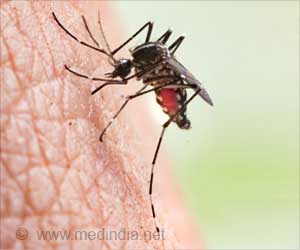Nanotechnology used to kill bacteria and eliminate odors in socks, food containers, medical dressings and even teddy bears might be harmful to the environment.
Your stinky socks might not be the only toxic thing around, for even its smell-free counterpart made of silver nanoparticles may be a threat to the environment, warn researchers.
University of California, Davis researchers are worried that nanotechnology used to kill bacteria and eliminate odors in socks, food containers, medical dressings and even teddy bears might be harmful to the environment."People might not even be aware they are buying these things," Discovery News quoted Troy M. Benn, an environmental engineer at Arizona State University in Tempe, as saying.
To find out, the research team bought six pairs of commercially available silver nanoparticle-treated socks. They soaked them in water and put them in a washing machine.
After as little as one washing, virtually all of the nanoparticles from two brands of the socks washed out. After four washings, two other brands lost just 1 percent of the silver nanoparticles. That suggested to researchers that it is the manufacturing process of the socks, not the nanoparticles themselves that caused the silver to disappear down the drain.
The researchers tested waterways for two types of silver: reportedly harmless nanoparticle silver and harmful ionic silver. They found both.
Ionic silver in waterways kills fish and other aquatic creates when it enters their gills, but is harmless to humans. The scientists raised concern about the overall level of silver, noting that the sludge and wastewater from the manufacturing plants is often sold to farms as fertilizer or dumped into waterways.
Advertisement
"With increased silver in waste water it could become so concentrated with silver that it could be classified as a hazardous waste," said Benn.
Advertisement
The study has been published in the journal Environmental Science and Technology.
Source-ANI
SPH/L







